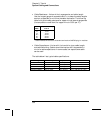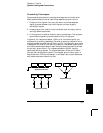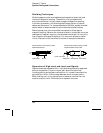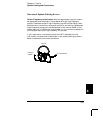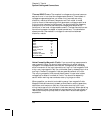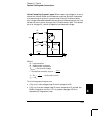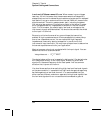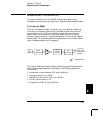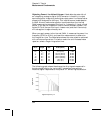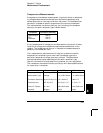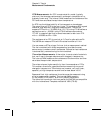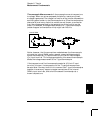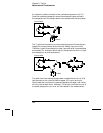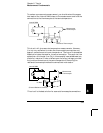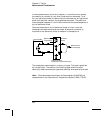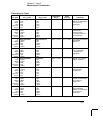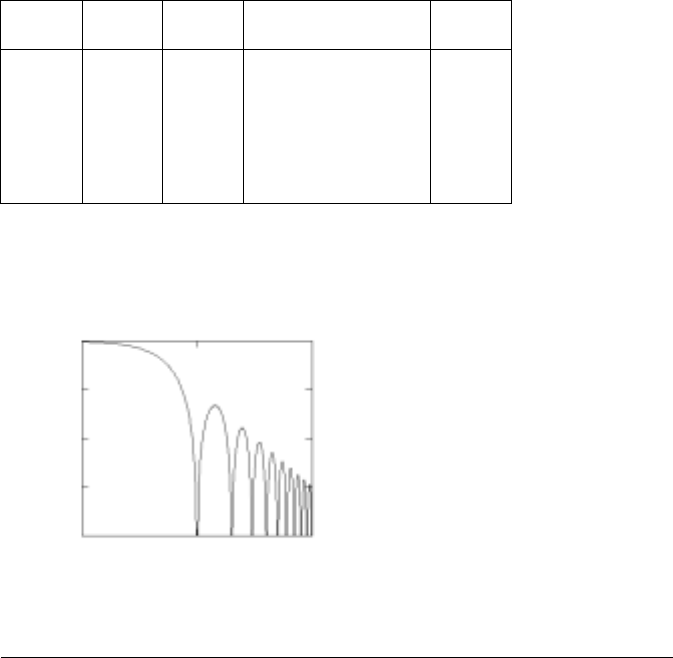
Rejecting Power-Line Noise Voltages A desirable characteristic of
an integrating analog-to-digital (A/D) converter is its ability to reject
spurious signals. Integrating techniques reject power-line related noise
present with dc signals on the input. This is called normal mode rejection
or
NMR. Normal mode noise rejection is achieved when the internal
DMM measures the average of the input by “integrating” it over a fixed
period. If you set the integration time to a whole number of power line
cycles (
PLCs) of the spurious input, these errors (and their harmonics)
will average out to approximately zero.
When you apply power to the internal
DMM, it measures the power-line
frequency (50 Hz or 60 Hz), and uses this measurement to determine
the integration time. The table below shows the noise rejection achieved
with various configurations. For better resolution and increased noise
rejection, select a longer integration time.
PLCs Digits Bits
Integration Time
60 Hz (50 Hz) NMR
0.02
0.2
1
2
10
20
100
200
4
1
⁄
2
5
1
⁄
2
5
1
⁄
2
6
1
⁄
2
6
1
⁄
2
6
1
⁄
2
6
1
⁄
2
6
1
⁄
2
15
18
20
21
24
25
26
26
400
µs (400 µs)
3 ms (3 ms)
16.7 ms (20 ms)
33.3 ms (40 ms)
167 ms (200 ms)
333 ms (400 ms)
1.67 s (2 s)
3.33 s (4 s)
0 dB
0 dB
60 dB
90 dB
95 dB
100 dB
105 dB
110 dB
The following graph shows the attenuation of ac signals measured in
the dc voltage function for various A/D integration time settings.
Note that signal frequencies at multiples of 1/T exhibit high attenuation.
0.1 1 10
Signal Gain
0 dB
-10 dB
-20 dB
-30 dB
-40 dB
Signal Frequency x T
Chapter 8 Tutorial
Measurement Fundamentals
344



